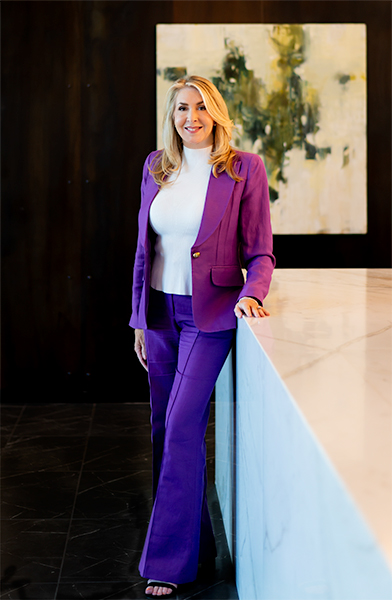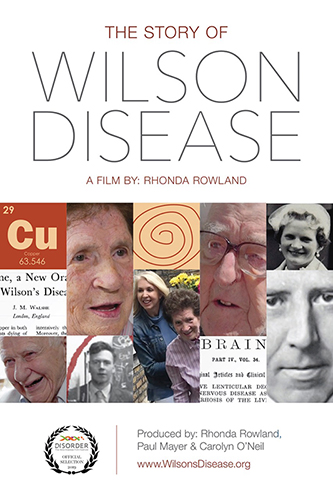Trusted Health Communicator | Nonprofit Leader | Former CNN Correspondent
I’m a trusted health communicator, rare disease advocate and former CNN medical correspondent who makes complex medical information easy to understand—and impossible to ignore.
As president of the Wilson Disease Association, I bring media expertise and lived experience together to amplify voices too often left out of the conversation. Whether on stage or on camera, writing scripts or producing stories, I translate science into human-centered stories that inform, inspire and drive change. My mission is simple: to bridge the gap between medical expertise and lived experience—with clarity, compassion and credibility.
Today, I lead a global rare disease nonprofit focused on improving diagnosis, treatment and quality of life for people born with Wilson disease. I work with advocacy groups and industry partners to advance research, raise awareness and ensure patients are seen and heard. It’s a role that brings together everything I’ve learned across decades in health communications, journalism and storytelling.
Before stepping into nonprofit leadership, I founded R2 Strategies, a health communications and video production company. I’ve developed advocacy-focused content, served as a video host and spokesperson, and created educational campaigns for public health, academic institutions and industry partners.
Much of what I know about storytelling started during my 16 years at CNN, where I held producer roles and spent a decade as an on-air medical correspondent. I reported on cardiovascular and neurological diseases, women’s and children’s health, mental health and drug development—building a reputation for translating complex topics into clear, compelling stories that resonate.
My career began at the Cancer Information Service at the University of Wisconsin Clinical Cancer Center, where I answered calls from people seeking answers and hope. I also created educational campaigns that introduced me to the power of communication to change lives—an idea that still drives my work today.

Rhonda Rowland
My Medical Story and Wilson Disease
I live with Wilson disease, a rare genetic liver disorder I was diagnosed with at 21. Without treatment, it can be fatal—but with proper care, people can thrive. I know what it’s like to search for answers, face uncertainty, and learn to manage a chronic condition while living a full life.
A Personal Discovery
Years after my diagnosis, while continuing research on a book about this mysterious disorder, I discovered Dr. John Walshe—the physician who developed the drug that saved my life—was still alive at 98. With encouragement from a former CNN colleague, I traveled to England, filmed interviews, and produced a short documentary.
Sharing the Story
The Story of Wilson Disease was featured at rare disease film festivals in the U.S. and U.K., and continues to reach new audiences online. It’s a project that helped shed light on the condition—and gave voice to those living with it.
Finding My Voice in Advocacy
That experience marked a turning point. It was the beginning of my patient advocacy work—using storytelling to make invisible diseases visible and help others feel seen.
More About My Story and Wilson Disease
Behind the Mystery Wilson Disease
Rare Aware 2025
Testimonials
Working with Rhonda Rowland on Behind the Mystery: Rare & Genetic was an absolute privilege. As President of the Wilson Disease Association and a seasoned medical and health communicator,
Rhonda brought both passion and precision to the segment. Her ability to clearly articulate complex medical information while also conveying the emotional depth of the patient experience was truly extraordinary.
Rhonda Rowland from the US Wilson Disease Association gave her story and reminded clinicians and researchers that the patient perspective is the most important thing in Wilson disease patient care. Thank you for sharing your story.
Thanks so much for speaking! You did a fantastic job. Your presentation was so uplifting and professional.
Thank you so much for your presentation this week!
Again, I am so grateful to you for supporting the idea as well as your continued collaboration into making this event a success.
The feedback we’ve received has been overwhelmingly positive.


